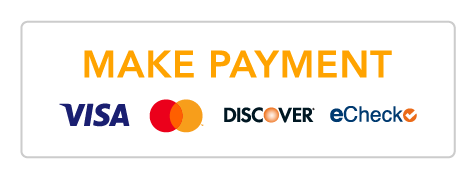As financial advisors, one of the most common concerns our clients share is how to achieve long-term financial stability. In a world of economic uncertainty, rising living costs, and unexpected expenses, it's crucial to have a solid savings plan. Here are some saving strategies that can help you build a financially secure future.
1. Start with a Budget
The foundation of any solid savings plan is a well-crafted budget. Knowing exactly where your money goes each month allows you to identify areas where you can cut back and save more. Here’s how to create an effective budget:
- Track Your Expenses: For one month, write down every expense. This includes everything from your mortgage or rent payment to your daily coffee.
- Categorize Spending: Break your expenses into categories like housing, food, transportation, entertainment, and savings.
- Identify Cutbacks: Look for non-essential expenses you can reduce or eliminate. For example, consider cooking at home at least four nights a week instead of dining out every night.
- Set Limits: Allocate a specific amount for each category and stick to these limits.
2. Build an Emergency Fund
An emergency fund is a financial safety net that can help you cover unexpected expenses such as medical bills, car repairs, or sudden job loss. Aim to save three to six months' worth of living expenses. Here are some tips to build an emergency fund:
- Start Small: Begin by setting aside a small, manageable amount each week or month. Even putting away $20 a week can make a big difference in the long run.
- Automate Savings: Set up automatic transfers from your checking account to your savings account.
- Keep It Separate: Store your emergency fund in a separate, easily accessible savings account to avoid the temptation of spending it.
3. Utilize Tax-Advantaged Accounts
Taking advantage of tax-advantaged accounts can significantly boost your savings. Here are a few to consider:
- 401(k) or 403(b) Plans: These employer-sponsored retirement accounts often come with employer matching contributions. Contribute enough to get the full match—it's essentially free money.
- Individual Retirement Accounts (IRAs): Traditional IRAs offer tax-deductible contributions, while Roth IRAs provide tax-free withdrawals in retirement. Choose the one that best fits your financial situation.
- Health Savings Accounts (HSAs): If you have a high-deductible health plan, an HSA allows you to save money tax-free for medical expenses.
4. Invest Wisely
Investing is a powerful way to grow your wealth over the long term. While saving in a regular bank account is safe, it may not keep up with inflation. Here are some investment tips:
- Diversify Your Portfolio: Spread your investments across different asset classes (stocks, bonds, real estate) to reduce risk.
- Consider Low-Cost Index Funds: These funds offer broad market exposure and typically have lower fees compared to actively managed funds.
- Stay the Course: Avoid making impulsive decisions based on market fluctuations. Long-term investing requires patience and discipline.
5. Pay Down High-Interest Debt
High-interest debt, such as credit card balances, can quickly erode your savings. Focus on paying down these debts as quickly as possible:
- Prioritize High-Interest Debt: Make larger payments on debts with the highest interest rates while maintaining minimum payments on others.
- Consider Consolidation: Look into debt consolidation options, such as a personal loan with a lower interest rate, to simplify payments and reduce interest costs.
- Avoid New Debt: Limit the use of credit cards and avoid taking on new debt unless absolutely necessary.
6. Plan for Major Expenses
Whether it's buying a home, funding your children's education, or planning for retirement, major expenses require careful planning:
- Set Specific Goals: Define your financial goals and estimate how much you’ll need to save.
- Create a Timeline: Establish a timeline for achieving each goal and break it down into smaller, manageable savings milestones.
- Adjust Your Budget: Reallocate funds from discretionary spending to your savings goals.
7. Review and Adjust Regularly
Financial planning is not a set-it-and-forget-it process. Regularly reviewing and adjusting your plan ensures you stay on track:
- Annual Review: At least once a year, review your budget, savings, and investments to ensure they align with your goals.
- Life Changes: Adjust your plan as needed for major life changes such as marriage, having children, or changing jobs.
- Stay Informed: Keep up with economic trends and financial news to make informed decisions.
Achieving long-term financial stability requires a proactive and disciplined approach to saving. By creating a budget, building an emergency fund, utilizing tax-advantaged accounts, investing wisely, paying down high-interest debt, planning for major expenses, and regularly reviewing your plan, you can set yourself up for a secure financial future.
Remember, the journey to financial stability is a marathon, not a sprint. Start small, stay consistent, and seek professional advice when needed. Your future self will thank you for the steps you take today.
*Diversification does not assure or guarantee better performance/profit and cannot eliminate the risk of investment losses in declining markets.
*Investments are subject to market risks including the potential loss of principal invested. Past performance does not guarantee future results.


